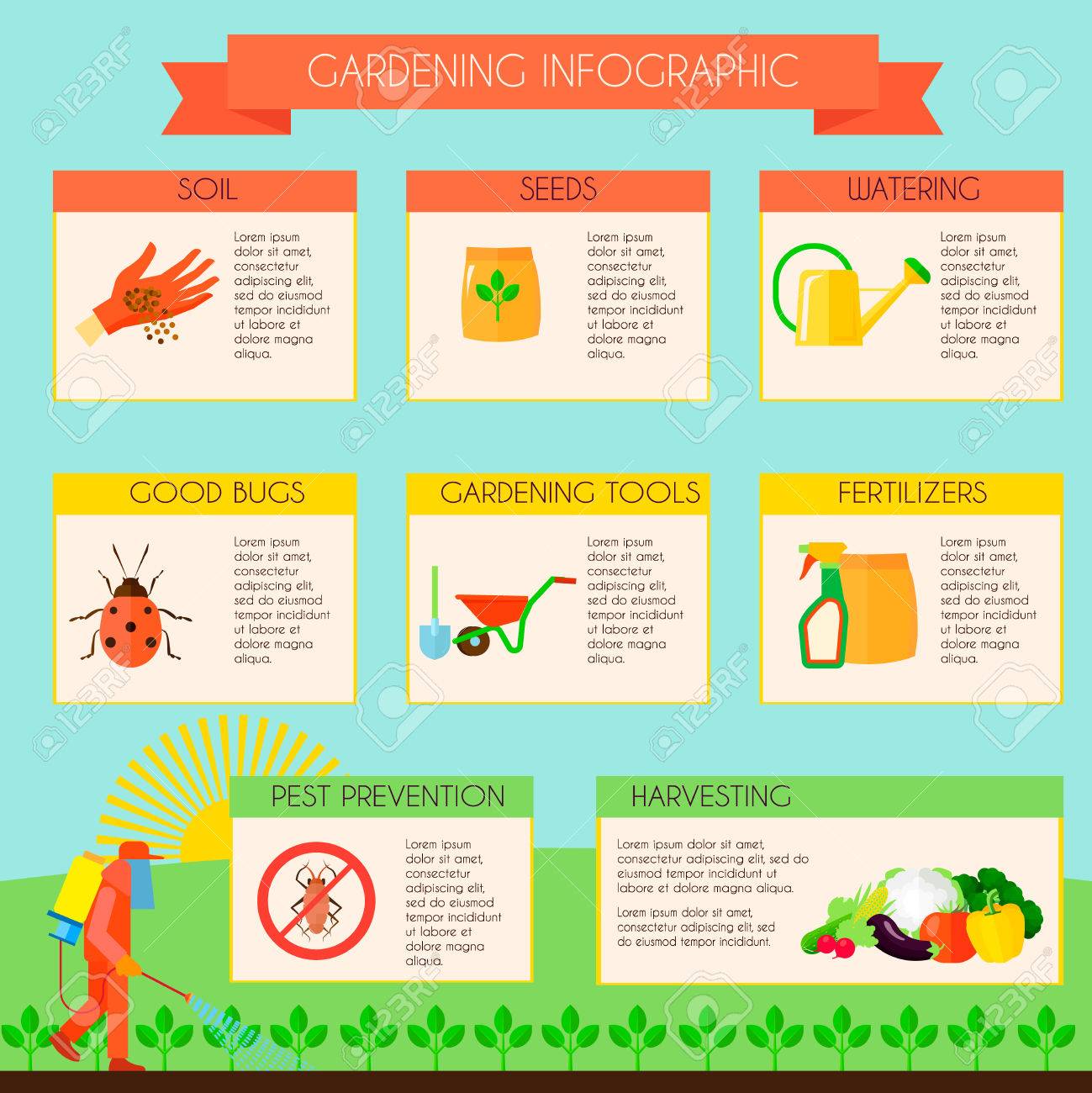Insights Right Into The Life Process Of Bed Vermin: Guidance From Bug Specialists
Insights Right Into The Life Process Of Bed Vermin: Guidance From Bug Specialists
Blog Article
Short Article Created By-Torres Jepsen
Like a quiet intrusion, bed insects can slip into your home, hiding in the darkness and waiting on the perfect minute to strike. Recognizing their life process is vital in dealing with these relentless insects, and who far better to turn to for suggestions than the experts themselves?
In this conversation, you will certainly reveal the tricks of the egg stage, the nymph phase, and the grown-up phase of bed bugs, unraveling the enigmas behind their durability and determination. Brace yourself, because what you're about to find will leave you wondering about every little itch and bite.
The Egg Stage
During the egg phase, bed pests are in their earliest type, ready to hatch and begin their life cycle. These tiny eggs are commonly laid in fractures and holes near the bed bug's feeding location, such as seams of bed mattress or furnishings. The women bed insect can lay up to 5 eggs each day, which amounts to hundreds in her life time.
The eggs are oval-shaped and about 1mm in length, making them barely noticeable to the naked eye. They have a sticky layer that helps them abide by surface areas and continue to be in position. The egg phase lasts regarding one to two weeks, depending on the temperature and other ecological elements.
As soon as https://drive.google.com/drive/folders/1U53NxgpKyjGIJ7k89_D-VaH3mlGasubW , the fairies emerge, beginning their journey in the direction of adulthood.
The Fairy Stage
As the eggs hatch out, the newly arised nymphs start their journey in the direction of the adult years, marking the start of the nymph phase in the life process of bed bugs. This phase is vital for their growth, and recognizing its characteristics can help in dealing with these parasites properly.
Below are three vital points to know about the fairy stage:
1. Size and Look: Nymphs are tiny, determining only about 1.5 mm in length. They're clear, but after feeding, their bodies turn reddish-brown. As they expand, they shed their exoskeletons, leaving molted skins.
2. Feeding Habits: Like grown-up bed bugs, fairies prey on blood. They require to feed multiple times to molt and advance to the next phase. Nymphs usually eat human beings or animals while they rest, leaving scratchy attacks.
3. Growth and Recreation: Nymphs experience 5 instars before maturating. Each instar needs a blood dish for growth. Once they become adults, they can recreate and proceed the bed insect life process.
Comprehending the nymph phase is vital for reliable bed insect control. By targeting the fairies throughout this prone phase, you can avoid their development towards adulthood and stop their problem.
The Adult Phase
After finishing their development as fairies, bed pests go into the grown-up stage. At this stage, adult bed pests are around 4-5 mm in size and have a level, oval-shaped body that is reddish-brown in shade. read more have 6 legs, antennae, and a little head. Grown-up bed bugs are completely with the ability of reproducing and continuing their problem. They eat blood, ideally human blood, and can make it through without a dish for several months. They are largely energetic during the night and tend to conceal in cracks, crevices, and furnishings during the day.
Adult female bed pests can disable to 5 eggs per day. These eggs hatch into fairies in about a week. Understanding the habits and life cycle of grown-up bed insects is essential in effectively removing and stopping infestations.
Verdict
Since you understand the life cycle of bed insects, you hold the power to secure your home.
Envision a calm night's rest, devoid of the torture of these tiny pests.
By acknowledging the signs and taking instant activity, you can stop problems and guarantee the health of your liked ones.
Don't allow these stealthy insects attack your haven.
Stay cautious, stay informed, and rest limited understanding you remain in control.
